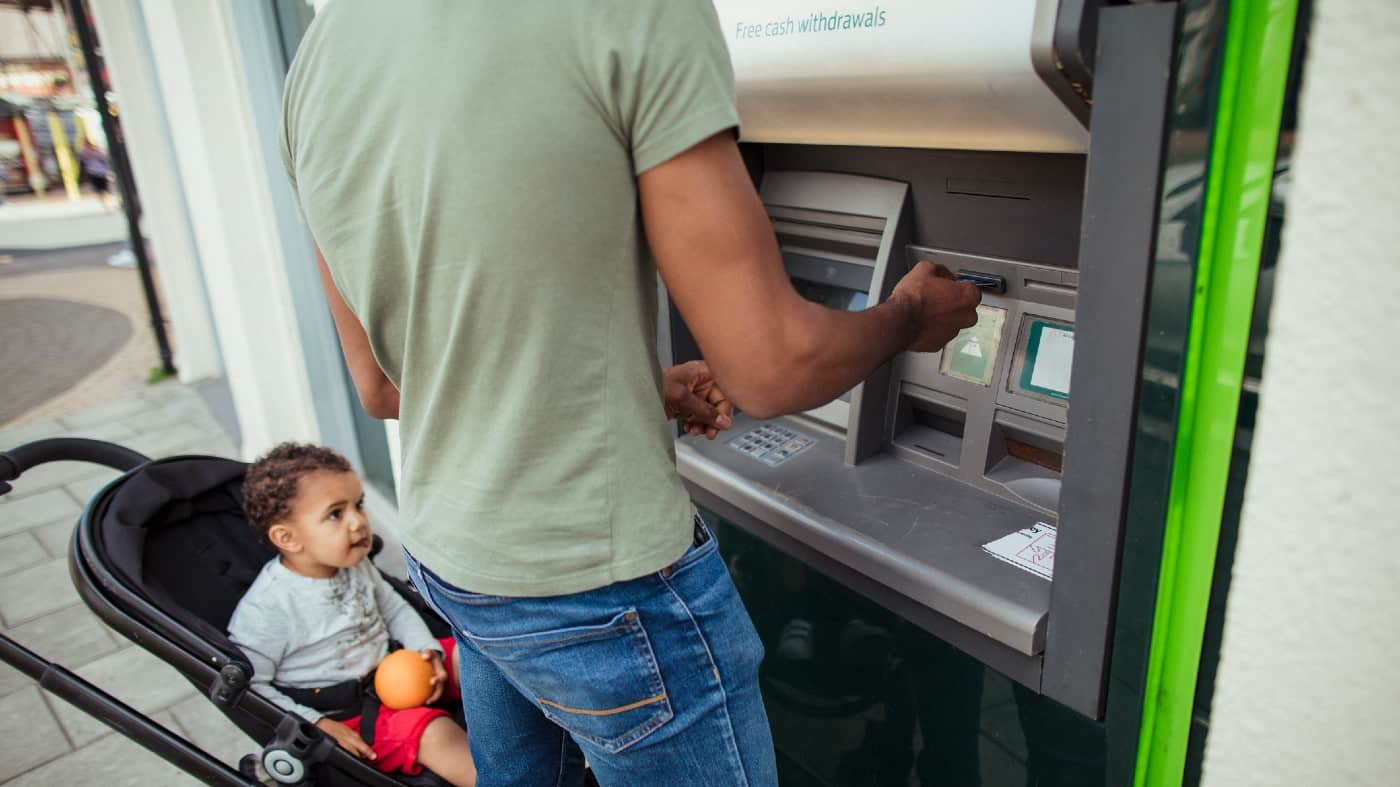I no longer hold any shares in Lloyds (LSE: LLOY) – but I continue to think the bank has good long-term prospects. That is why I have been keeping an eye on the Lloyds share price. Trading at almost the same price today it was a year ago, the stock looks very cheap in some ways.
So, should I add the company back into my portfolio? Or ought I to avoid it for now in case it turns out to be a value trap?
Why Lloyds looks cheap
What makes Lloyds look like potentially good value to me? I see its familiar brand, large customer base and leading position in UK banking as key strengths that could help it generate profits.
Should you invest £1,000 in Dunelm right now?
When investing expert Mark Rogers has a stock tip, it can pay to listen. After all, the flagship Motley Fool Share Advisor newsletter he has run for nearly a decade has provided thousands of paying members with top stock recommendations from the UK and US markets. And right now, Mark thinks there are 6 standout stocks that investors should consider buying. Want to see if Dunelm made the list?
The bank trades on a price-to-earnings (P/E) ratio of 9. In general, the lower a P/E ratio, the cheaper a company may seem to be. I see a P/E ratio of 9 as low.
An alternative way to value bank shares is by using a different ratio: price-to-book value. At the moment for Lloyds this ratio is around 0.8. A number below 1 means a bank is trading below the book value of its balance sheet, so again, Lloyds seems cheap using this metric.
Default risks
That information is readily available to investors. Yet over the long term the Lloyds share price has been moving downwards not upwards. It is 20% lower than five years ago. So, are the shares really a bargain?
The answer to that will ultimately depend on what happens in the UK economy. If the economy stays strong enough that people do not start to default on their loans at a much higher rate, I think the current Lloyds price looks cheap.
But if a worsening economy means more borrowers do not pay back their loans then Lloyds might not be the bargain it seems. A sharp rise in default rates could hurt both earnings and book value, meaning a forward-looking valuation could actually be less attractive than one based on currently available data.
What next
I think the long-term decline in the share price suggests that the City lacks confidence in the potential performance in coming years. However, in the past several months the shares have been gaining.
Perhaps that is because there has been limited evidence of substantial increases in default rates despite a worsening economy. But 2023 will be crucial in understanding whether things are getting worse. If we are only in the early stages of an economic storm, Lloyds might still be expensive at the current price. That could mean it is ends up being a value trap.
I’m waiting
But if default rates remain fairly low and the recession gives way to recovery, the current share price could yet turn out to be a bargain. On that basis I could buy now and hope for recovery.
But hope is not a strategy. I continue to lack confidence in the economic outlook. If I wait for signs of recovery, I may need to pay more if I want to buy the shares in future. But I think the risks will be clearer and easier for me to assess at that point.
For that reason, I have no plans to buy into the bank at the moment.








